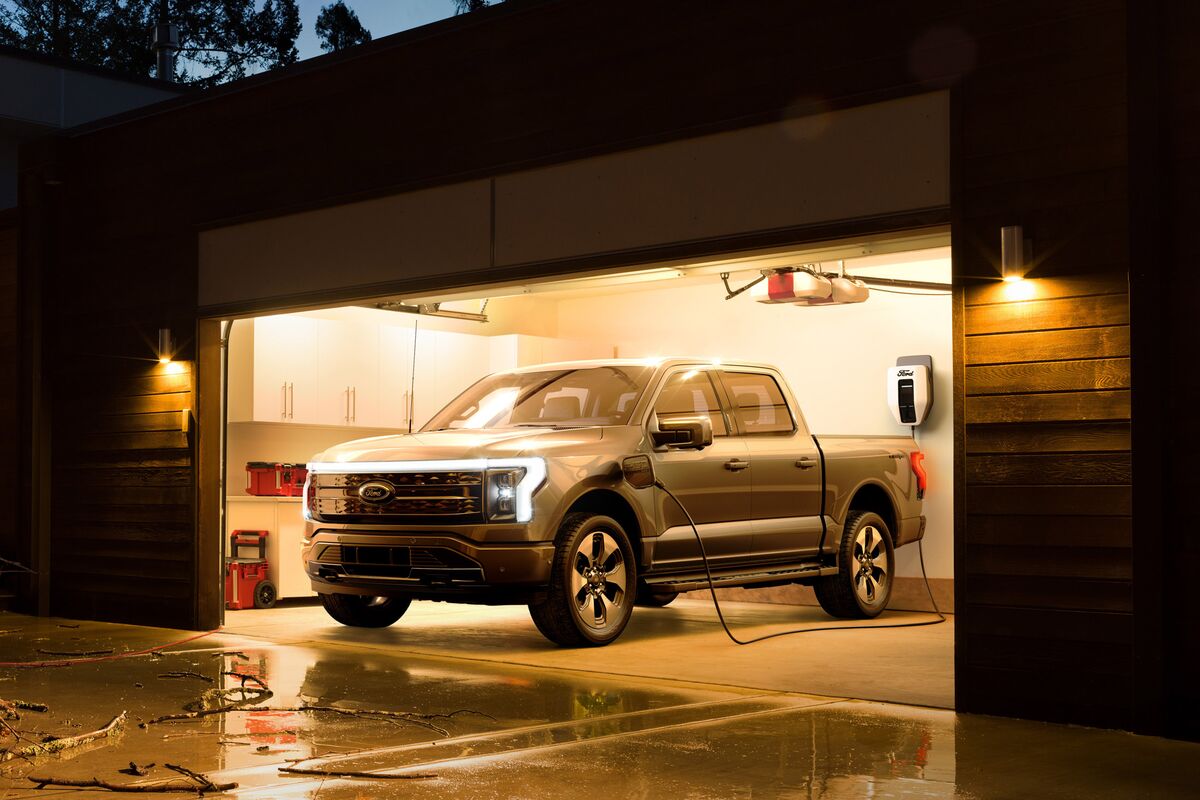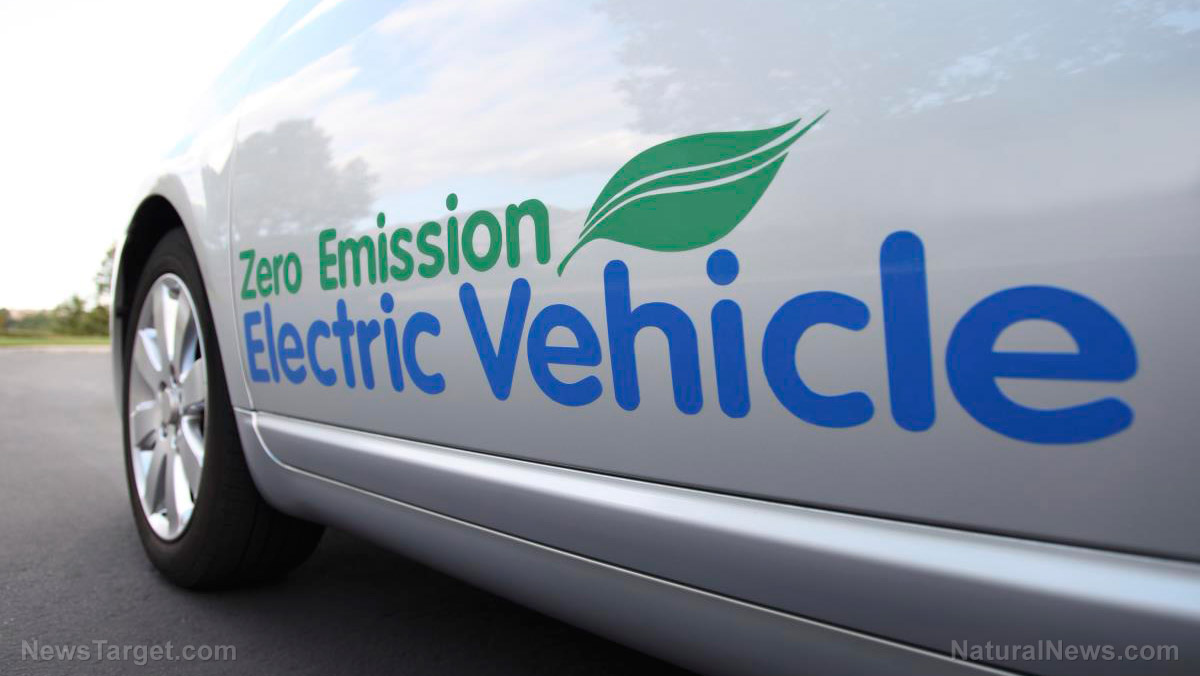Major automotive companies are currently scrambling to respond to a shift in demand for battery-powered vehicles – leaving these auto giants wondering if they
pushed electric vehicles (EVs) too early.
In recent months, automaker giants Ford Motor Company and Toyota Motor Corporation have been issuing warnings about a sudden slowdown in consumer demand for EVs.
Compared to their Western counterparts, Japan's car manufacturing executives have been "more vocal" in pointing out the real challenges faced by EVs in the near term. Speaking in his capacity as head of the Japan Automobile Manufacturer's Association, Toyota Chairman Akio Toyoda said: "People are finally seeing reality." (Related:
Electric vehicles are a SCAM – here's why.)
Toyota may be enjoying an "
I told you so" moment as EV sales momentum continues to lag behind in the U.S. – primarily due to cost concerns, EV range, battery capacity, charge time and the lack of charging infrastructure that poses challenges for drivers.
In July, Ford was the
first to fold and abandon a 2026 target to build two million EVs, reported
Business Insider. Over the last few weeks, Ford also temporarily cut a production shift at an F-150 Lightning pickup plant
as demand for the EV truck faltered, according to a memo from a United Auto Workers official.
On Oct. 20, General Motors said it would
hold off on its production of all-electric trucks at Orion Assembly in suburban Detroit in Michigan until late 2025 to "better manage capital investments,"
CNBC reported. On Oct. 25, General Motors and Honda Motor Co. Ltd. said they were
dropping their plan to jointly develop a line of more affordable EVs for North and South America and China.
And earlier this month, General Motors also announced its plans to scale down its self-imposed target to build 400,000 EVs by mid-2024. (Related:
GO GREEN, GET BROKE: Test finds new electric Hummer costs over $100 to charge – more than it costs to fill up most gas tanks.)
The hidden environmental costs of EVs
EVs are not really as "green" as people think. (Related:
Electric cars aren’t going to save the earth – or California.)
The power plants that supply energy to the grid that is used to charge
EV batteries still rely on coal plants, particularly areas in the Midwest region of the U.S. that have been
proven environmentally harmful for producing electricity in a study published in
Environmental Research Letters.
Pure battery electric vehicles also consume an average of 15 percent more electricity in extreme weather regions. Moreover, the pure electric vehicle range can drop by 40 percent or more on the coldest or hottest days. (Related:
Electric vehicles are unreliable and not cost-efficient – especially in cold weather.)
It's also important to note that EV batteries require rare metal extraction.
Depending on cost considerations, model type and vehicle specifications,
these types of EV batteries are commonly used: lead-acid batteries, lithium-ion batteries and nickel-metal hydride batteries.
The majority of EV car manufacturers prefer to use lithium-ion batteries compared to other batteries due to their high energy efficiency, high energy per unit mass, high-temperature performance, high power-to-weight ratio and low self-discharge.
Lithium and a variety of other metals used in EV batteries, including cobalt and nickel,
must be mined for extractions, bringing an aggregation of dangerous side effects, including air pollution, biodiversity loss, contaminated soil and toxic waste, decreased crop yields, ground destabilization, high carbon dioxide emissions, increased salinity of rivers, high carbon dioxide emissions, water loss and water pollution.
There are also considerable human costs to these metal extractions, including appalling working conditions, child workers, exploitation and slavery. (Related:
America IGNORING human rights, child labor abuses in the DRC to secure supplies of METALS for EV batteries.)
Major automotive companies are currently scrambling to respond to a shift in demand for battery-powered vehicles – leaving these auto giants wondering if they pushed electric vehicles (EVs) too early. In recent months, automaker giants Ford Motor Company and Toyota Motor Corporation have been...

www.naturalnews.com


 www.bloomberg.com
www.bloomberg.com



